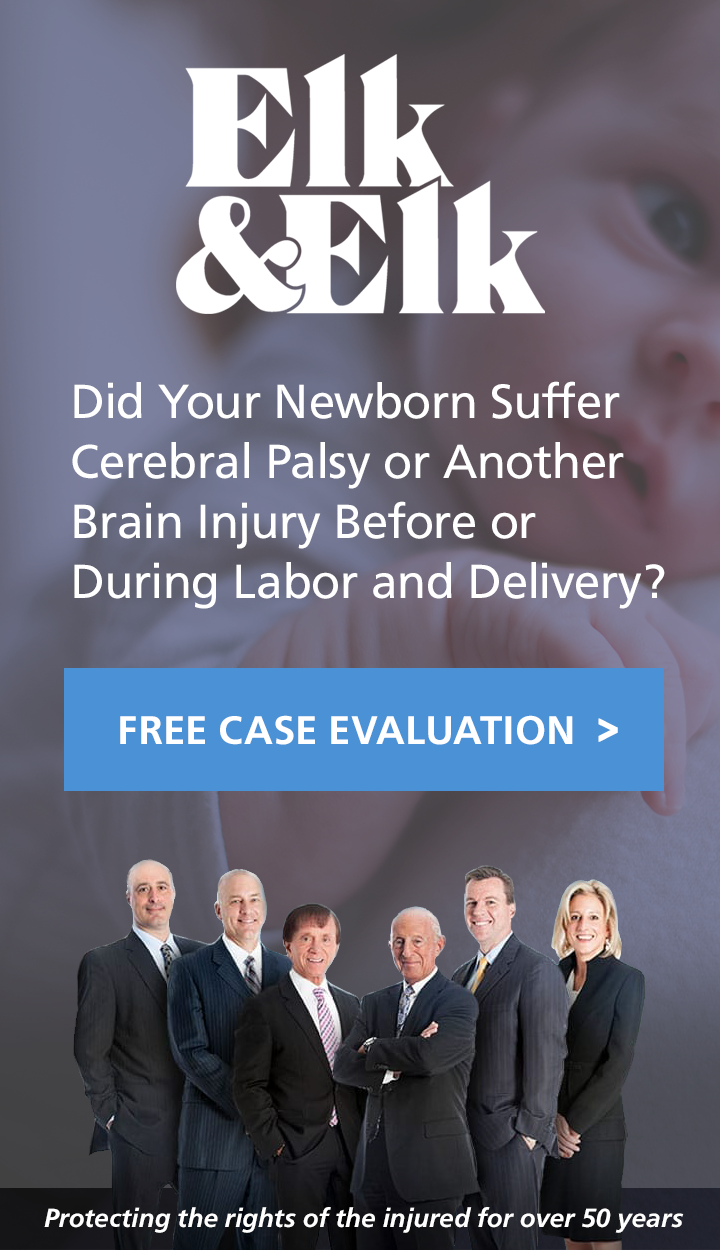Cooling Therapy – Low Blood Pressure
Hypotension or low blood pressure in infants can prevent the baby’s organs from getting enough oxygen and blood.
Get A 100% Free CASE EvaluationThere are a few things that may increase a baby’s risk of hypotension, such as:
- Medical conditions – including an electrolyte imbalance or dead bowel tissues
- Premature babies and low birth weight – infants who weigh less than 1,000 grams at birth are at the highest risk for hypotension
- Using a ventilator – a ventilator that breathes for the baby when he or she can’t breathe alone can increase the pressure in the baby’s chest, resulting in hypotension.
Common Treatment for Hypotension
When a baby has poor organ blood flow, there are a few things that can be done to treat the condition:
- Ventilator – a ventilator can help the baby breathe. An endotracheal tube will be placed into the baby’s nose, windpipe, or mouth and hooked up to the ventilator. The machine may also give oxygen if the baby struggles to breathe on his or her own.
- IV fluids – fluids can be used to increase the baby’s BP if the hypotension is caused by fluid or blood loss. The liquids typically have sugar and electrolytes in them to replace what has already been lost.
- Medication – babies can be given antibiotics if hypotension is the result of a blood infection. Further, steroids can be given to increase pressure and treat adrenal gland issues. Heart medicine can also be administered to improve blood flow to the organs.
Cooling Therapy and Low Blood Pressure
Hypothermia, or cooling, therapy is used in babies born with HIE. The therapy works to cool the infant’s brain cells by around 3 degrees Celsius and therefore slow down cell metabolism which in turn gives damaged brain cells the time to recover.
When the cells lack oxygen, they go into survival mode and keep themselves functioning with an irregular metabolic process that does not use oxygen. But, the metabolism can only be maintained for a short time span, and if the cells don’t go back to metabolizing oxygen, they die off.
But, just restoring blood circulation and blood pressure and providing the right amount of oxygen for an infant at the earliest possible opportunity is not enough to get the cells to start immediately processing oxygen. What happens then, is that the cells continue to die hours after the trauma finished.
By lowering a newborn baby’s core temperature, the cells are given the additional time they need to get back to the normal metabolic process.
How soon cooling therapy is started and how long the baby remains cooled for depends on how severe the injury was. Some babies undergo cooling for 72 hours. While cooling can lower the baby’s blood pressure, it tends to return to normal on re-warming, and there are no known long-term or short-term side effects with this type of therapy, and in fact, if can help babies avoid long-term disability.


